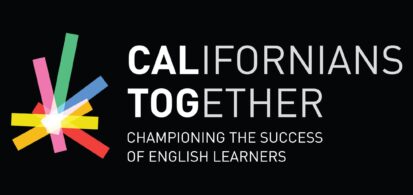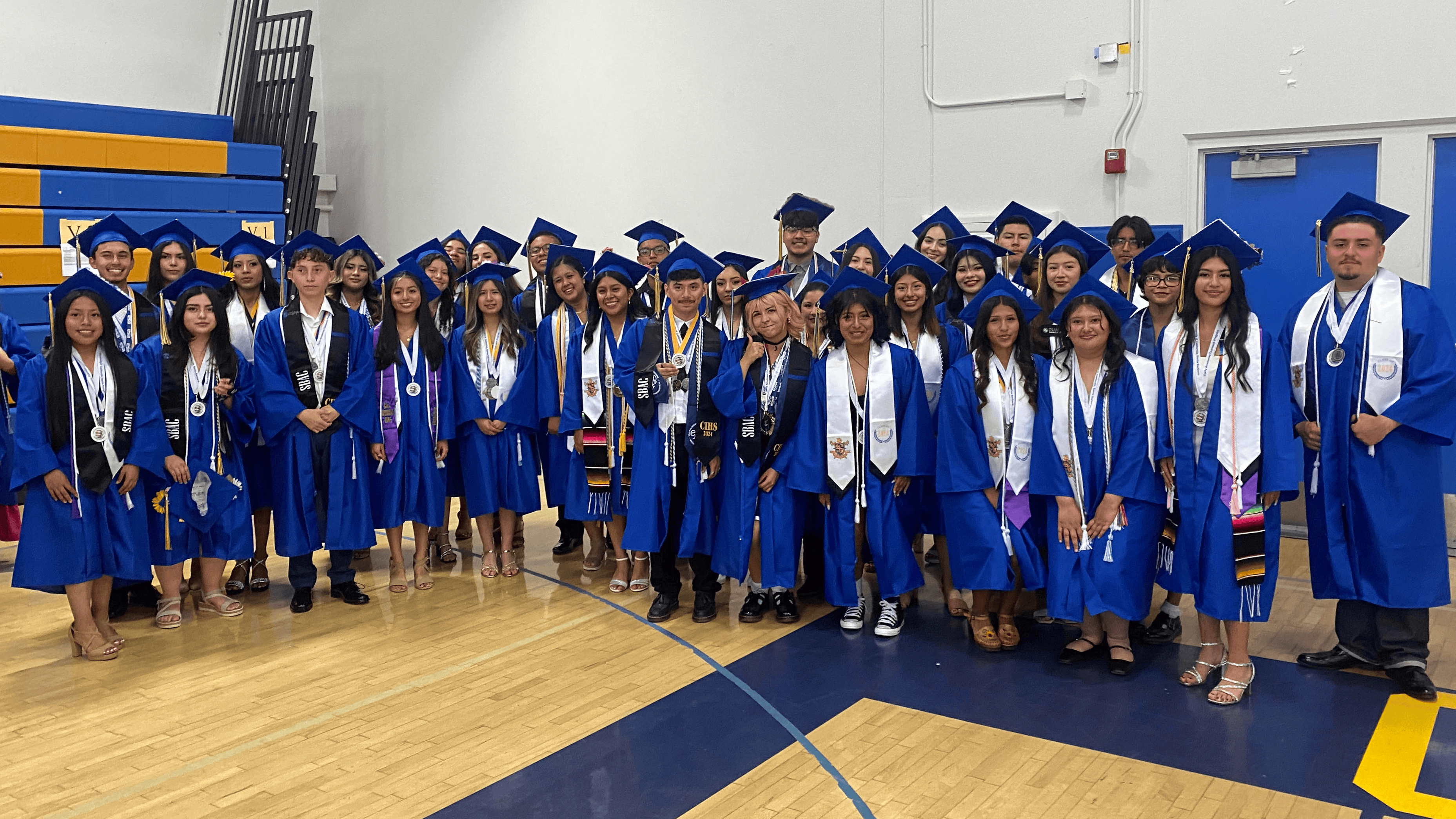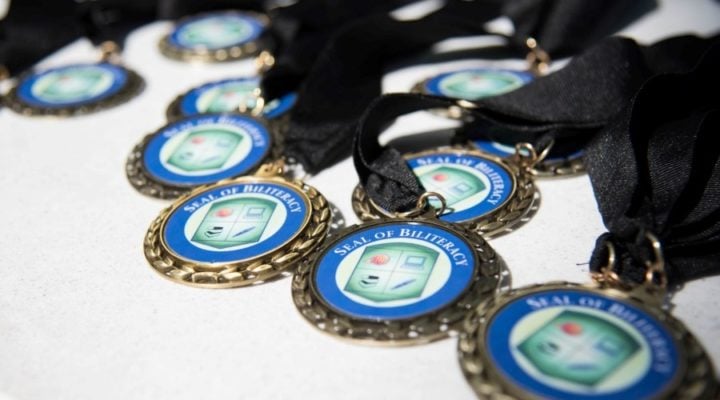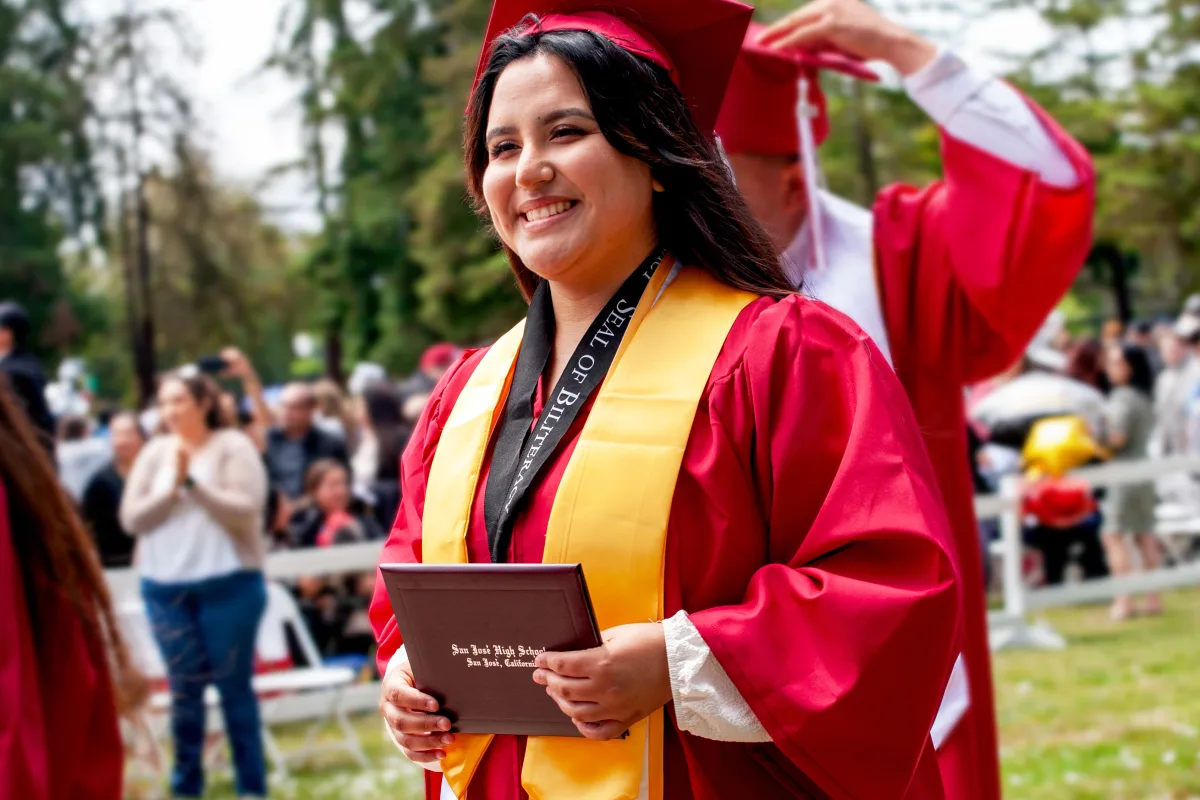California Districts Are Seeing Increases in State Seal of Biliteracy Recipients—You Can Thank AB 370
This blog post is the second installment in our ongoing blog series celebrating the State Seal of Biliteracy. The first entry can be found here. Since 2012, California has awarded […]






